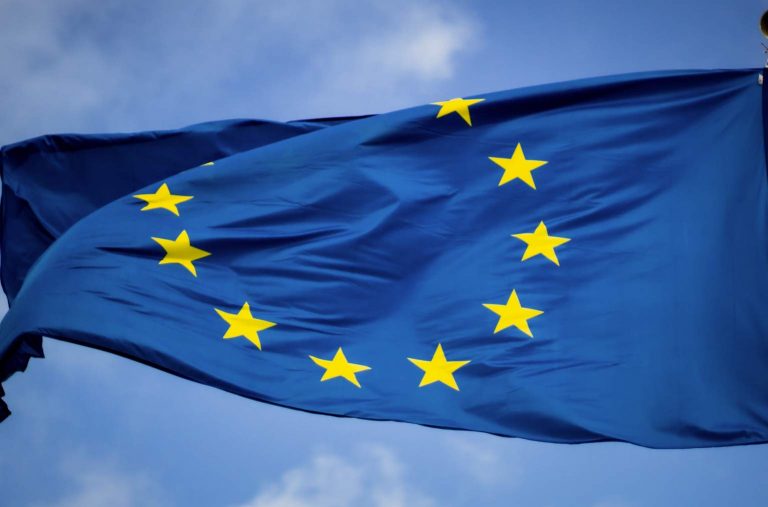
Eurozone Data and the Euro
Discussion and Analysis by Charles Porter:
Data coming out of the Eurozone has been positive and, more often than not, beaten market expectations both when concerning ‘hard’ data from the underlying economy of ‘soft’ data related to sentiment and confidence levels. The Euro, however, has been largely ambivalent throughout these releases. Whilst tax reform, Federal Reserve chairs and monetary policy dominates the US scene, there is one overwhelming Europe-wide factor influencing the Euro: Tomorrow. Tomorrow, the ECB will meet and will likely unveil its grand plan for the future of quantitative easing. Whilst Catalonia and Brexit have put blips on the radar, ECB expectations are what currently drive the Euro.
Two examples:
The release of what are normally two salient data announcements, the Euro-zone Consumer Confidence Index and Markit’s Purchasing Managers Index (PMI), fell almost flat on their face. Released yesterday at 15:00 and today at 09:00 BST respectively, both indices attested to a healthier Eurozone economy. The confidence index still presented low Eurozone consumer confidence in absolute terms. However, the figure not only attests to moderately higher confidence than before, but also showed an above-expectation increase in sentiment.
Similarly, today’s release of Markit’s Purchasing Manager’s Index (PMI) showed an 80-month high for the index. This was moderated by a slight down-turn and under-expectation performance of the sentiment underlying services and ultimately the composite index. Therefore, conflated interpretations in response to today’s release could be understandably attributed to opaque data. Ultimately, however, the strong and more considerable pick up in manufacturing PMI could have been supposed to at least result in a moderate strengthening of the Euro.
The graph below demonstrates the movement within the Euro-Dollar currency cross during these two releases. Within the two respective graphs, the data release point is demarcated by an orange market. Whilst a moderate spike is perceptible during this morning’s PMI announcement, the magnitude of Euro strength is less than 0.03%. Moreover, even if a strengthening of the Euro could be attributed to the soft data release, the upward revision was eroded throughout the day.

The reason for a lack of, certainly soft-, data sensitivity boils down to the anticipation of the ECB’s monetary policy decision tomorrow. Last month, the ECB’s Governing Council chose to hold its accommodative monetary policy unchanged. In a press conference following the press release, Draghi heavily signalled that the Governing Council is likely to have a plan ready for the tapering and eventual removal of quantitative easing by the October meeting. On Thursday 26th October, markets therefore expect major long-term news concerning the likely path of extraordinary monetary policy.
The asset purchase programme of quantitative easing is currently to the tune of €60 billion in addition to the reinvestment of maturing securities that have been purchased previously in the program. Speculation is dominating the Euro, and many European markets in general, with the speed and duration of stimulus tapering very much up in the air. Reassuringly, the scarcity of Eurozone government bonds means that the current pace of debt purchasing is unsustainable. Therefore, news really should be imminent.
The figure that has abounded on news forums, market analyses and interviews is a tapering of 50%, down to €30 billion per month. The level of reinvestment or pace or retraction should also be addressed. Presumably, the tapering will be gradualised to minimise the final cut off of central bank purchasing. Therefore, we look to see how the months-long path to removing quantitative easing stimulus will look.
Any hawkish and larger removal of monetary policy stimulus, i.e. a bigger reduction than 50% of the present net purchasing, will result in greater gains for the Euro. With the balance sheet inflating at the ECB, tomorrow’s decision will be watched with great interest by those exposed to foreign exchange and bond markets. Failing to meet the consensus threshold of quantitative easing tapering will result in losses for the Euro. Monetary stimulus requires an expansion of the money supply and its removal restores a tighter money supply that, with constant demand, raises the price and value of the currency. Significant upside potential and downside risk are present in the Euro.
Related Insights

Daily Brief – Sterling
Sterling No sooner had the financial press written that Sterling was on the skids due to the Chancellor being on the way out, than PM Starmer woke up to the need for some TLC for his beleaguered Chancellor and executed a handbrake turn to administer some gruesome bedside cheer to the apparently on life support […]

Daily Brief – EU Inflation
EU Inflation With the ECB annual symposium meeting in sunny Sintra, Portugal, inflation is very much on President Lagarde’s mind ; that is because it is showing signs of rising with the monthly inflation rate showing an increase of 0.3% and that presages a break above the target 2% rate just as she and her colleagues […]

Daily Brief – Gold
Gold With Gold accounting for the second highest proportion of Central Bank reserves after the USD and the mood music shifting to it assuming a greater influence on future reserves management, it is worth looking at the numbers behind that. In the 1960s, Central Banks held the highest amount historically of 38,000 tons of gold. […]


 Humphrey Percy
Humphrey Percy